Ngũ gia bì is a recent popular ornamental plant. In Eastern medicine, ngũ gia bì is a herb. Its scientific name is Cortex Acanthopanacis. The plant has 5 large lobed leaves clustered together and the root bark is used as medicine, hence the name ngũ gia bì.
Recently, ngũ gia bì has become a common ornamental plant that many families like to grow to decorate their gardens, helping to purify the air and relax the mind.
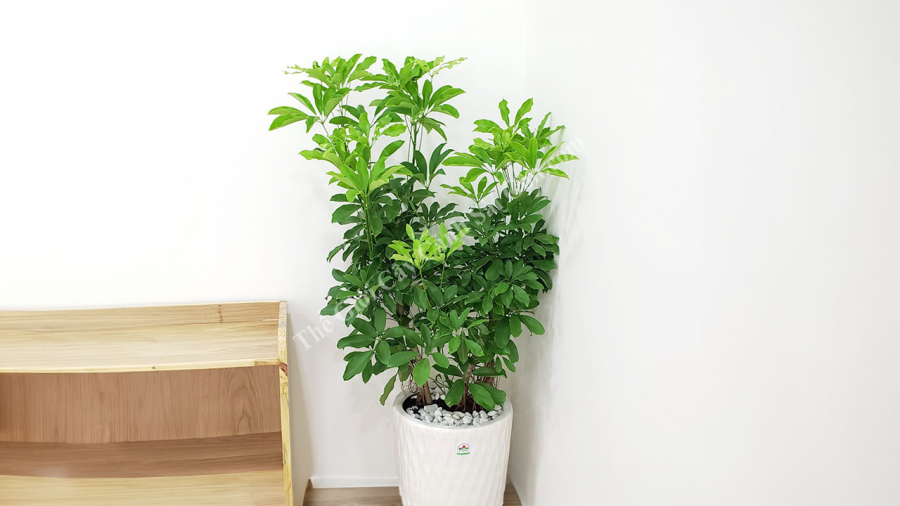
The health benefits of ngũ gia bì
There are 3 different types of ngũ gia bì:
Ngũ gia bì hương promotes blood circulation, treats physical weakness.
Ngũ gia bì gai enhances the kidneys, treats sexual weakness.
Ngũ gia bì chân chim disperses wind, treats back pain, body aches, and rheumatism.
In modern medicine:
In medicine, ngũ gia bì is used as a remedy to detoxify, reduce radiation toxicity, treat leukocytes, red blood cells, and regulate blood pressure. Ngũ gia bì helps with tranquility by balancing the stimulation and inhibition processes in the central nervous system.
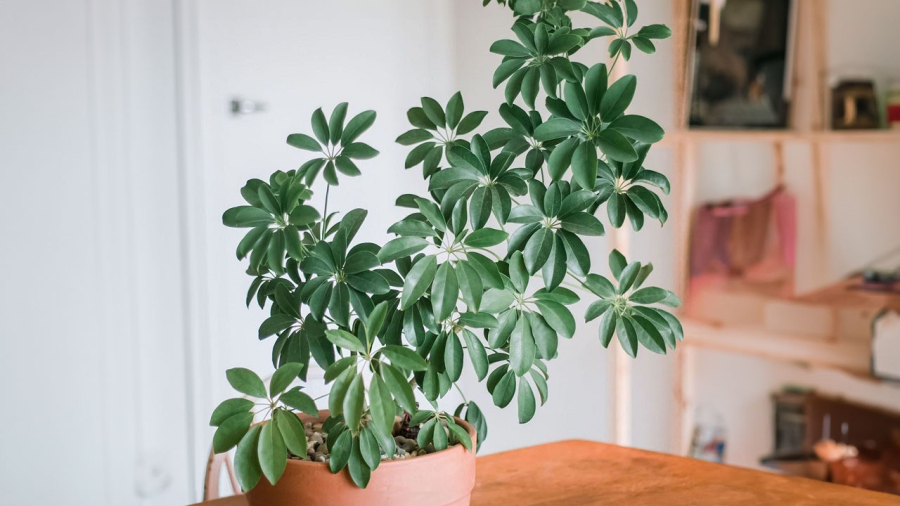
Drinking ngũ gia bì can help increase physical and mental stamina, anti-aging, promote metabolism, and support antiviral, anti-inflammatory, expectorant, and cough relief.
In Eastern medicine, ngũ gia bì is used for treating edema, dispelling cold, and nourishing the kidneys, helping to dissolve phlegm and dispel wind.
In terms of feng shui, planting ngũ gia bì helps attract wealth and enhance prosperity for the family. Planting ngũ gia bì helps generate wealth for the family and brings luck and success in business. Placing ngũ gia bì on the work desk or in the living room, the wealth area will bring more prosperity to your home, as well as stability and convenience to your financial path.
Which element and age is ngũ gia bì suitable for?
In terms of feng shui, ngũ gia bì is compatible with people of the Tiger zodiac sign and those with the Wood and Fire elements. These people, when growing ngũ gia bì, will receive support in wealth, strong career development, and financial success. Ngũ gia bì also helps them have a lucky and convenient life.
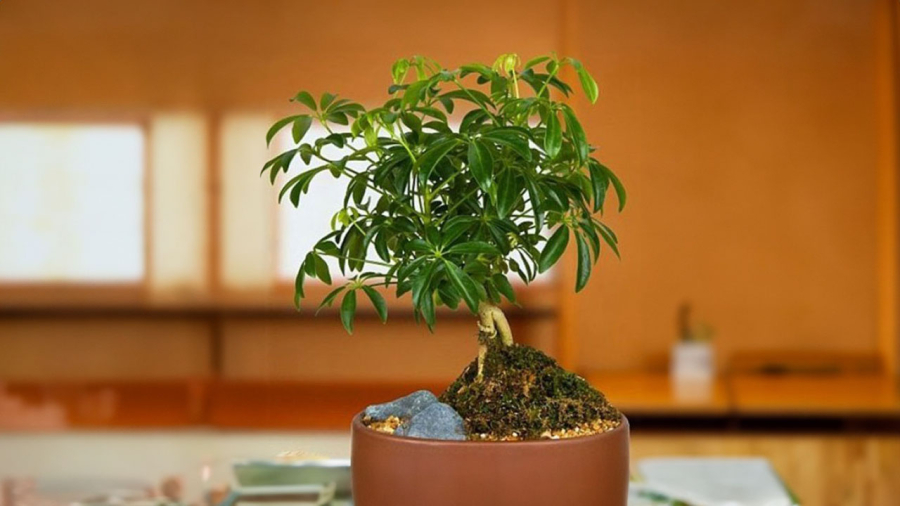
Ngũ gia bì motivates the spirit and brings harmony to the family, fostering unity among family members.
Furthermore, ngũ gia bì helps repel mosquitoes and purify the air, bringing a relaxed and cool atmosphere to the family. Green ngũ gia bì is good all year round, easy to grow and thrive, thus supporting the family for good luck and convenience.
Among the green plants, ngũ gia bì has the ability to absorb toxic substances in the air such as formaldehyde, toluene, and benzene.
In particular, planting ngũ gia bì has the ability to repel mosquitoes and insects, making it suitable for the work desk or study desk. Ngũ gia bì also helps remove radiation from computers and electronic devices in the home.
Should ngũ gia bì be planted indoors?
Ngũ gia bì prefers diffused light, shade, so you can completely plant ngũ gia bì in pots and place them indoors. However, you should avoid the phenomenon of leaving the house locked frequently, which will make the plant suffocate and lack light, leading to death. Choose a well-lit position indoors and occasionally take the plant outside for a gentle sunbath.
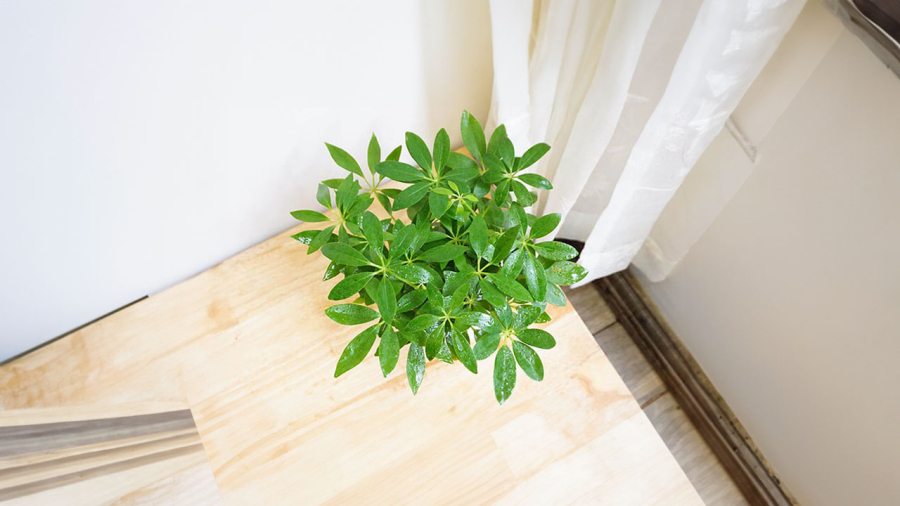
How to plant ngũ gia bì
There are 2 ways to plant ngũ gia bì: sprout cuttings and stem cuttings. Prepare coconut fiber soil and rice husks for planting ngũ gia bì. Ngũ gia bì can be planted in pots or in the garden.
Taking care of ngũ gia bì requires attention to several points:
Light: ngũ gia bì is suitable for shady places but not too dark, so you can plant it indoors and take the plants out for sunlight every week or place them in a spot near windows. Each sunbathing session should last 4-6 hours, in gentle sunlight, not leaving the plant under intense sunlight for too long as it may wither easily.
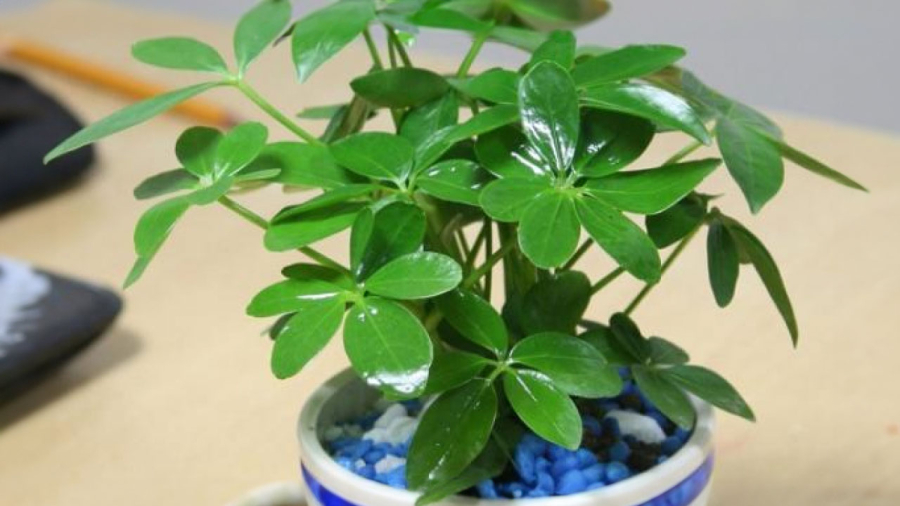
Watering: When the plant is already alive and thriving, you only need to water it 2-3 times a week, avoiding overwatering. Just observe if you see yellow leaves falling off, it means the plant has excess water, so you need to adjust the amount of water for the plant.
Temperature: Ngũ gia bì is suitable for places with a temperature of 25 to 30 degrees Celsius, avoiding extreme cold and heat.
Fertilizer: Ngũ gia bì is easy to grow, so you don’t need to fertilize too much. You can use rice water and occasionally apply slow-release organic or NPK fertilizer.
Insect pests and diseases: Insects often attack the leaves of ngũ gia bì, so you need to have natural protective remedies such as garlic water, biological pesticides to spray on the plants.
When you see dry and withered branches and leaves, remember to trim them to prevent the spread of diseases to other healthy parts.
This information is for reference only
Exploring the Benefits of Negative Ion Technology for Businesses
Are you curious about the awesome power of negative ion technology? Find out how it works and how it can improve your life with Dien May XANH’s in-depth exploration of this innovative technology!



































